
It is time to bid farewell to 2021.
You might want to go through some of the biggest Linux stories of 2021 if you missed them.
However, considering some of the impressive distro releases in 2021, excitement for newer Linux distributions and upgrades for 2022 is at its peak.
Compared to the last decade, Linux distributions are now focusing more on the user experience aspect. It is no longer just about the resource usage but how a distribution looks and works with modern desktop hardware.
To give you a quick recap—elementary OS 6.1, Zorin OS 16, Pop!_OS 21.10, and Linux Mint 20.3 were some of the biggest Linux distribution releases. The distributions concentrated on improving the user experience for a better look/feel or enhancing the productivity use-cases.
Undoubtedly, you can choose to get an unrivaled desktop experience from some of these or the latest updates for the best Linux distributions.
So, what should you expect for 2022? Are there any expected distro releases that plan to take things up a notch?
Yes, there are several distros you should keep an eye for. Here, I shall highlight a list of distros and their potential stated for release next year.
Most Anticipated Distro Releases for 2022
Note that official information for most distributions is not available yet. However, this article will be regularly updated to reflect the latest information.
1. Slackware 15
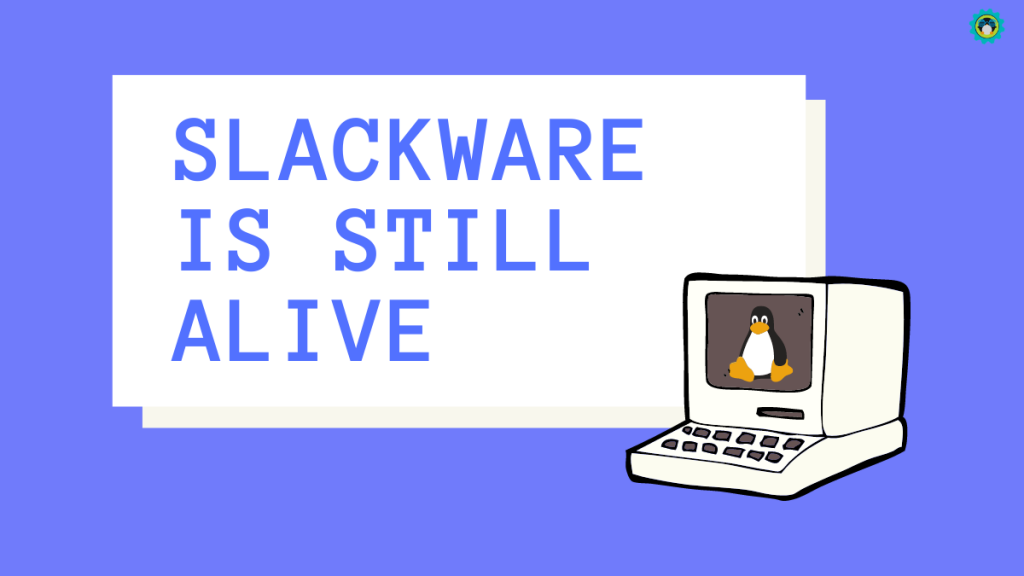
Slackware is the oldest active distribution as of now. Slackware 15 beta was released last year and the stable version should be available in early 2022.
While this may not be an exciting release for new desktop users, if you want a distro for older hardware or something that makes efficient use of resources, this can be a candidate.
Not to forget, Slackware 15 will be a major release after six years, so it is a big deal.
However, it is mostly suitable for experienced Linux users.
Hence, if this does not interest you, you might want to look for some of the most lightweight Linux distributions.
2. Ubuntu 22.04 LTS
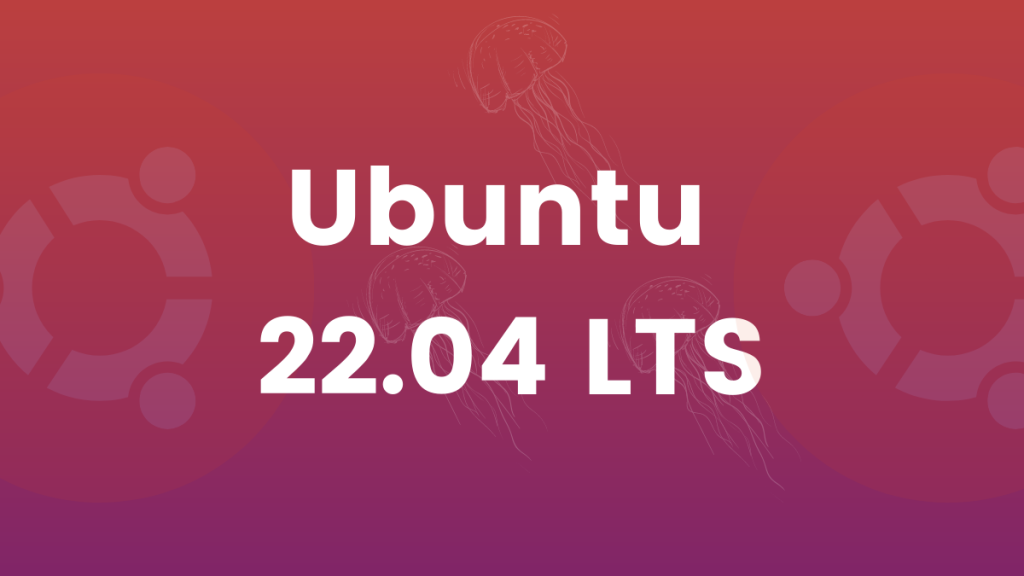
The schedule for Ubuntu’s next LTS release, codenamed Jammy Jellyfish, is already official for April 21, 2022.
With Ubuntu 22.04 LTS, you can expect GNOME 42 as the desktop environment, a new installer, and Wayland as the default desktop session.
The improvements to Ubuntu 21.10 should also carry over to Ubuntu 22.04 LTS.
3. Zorin OS 17
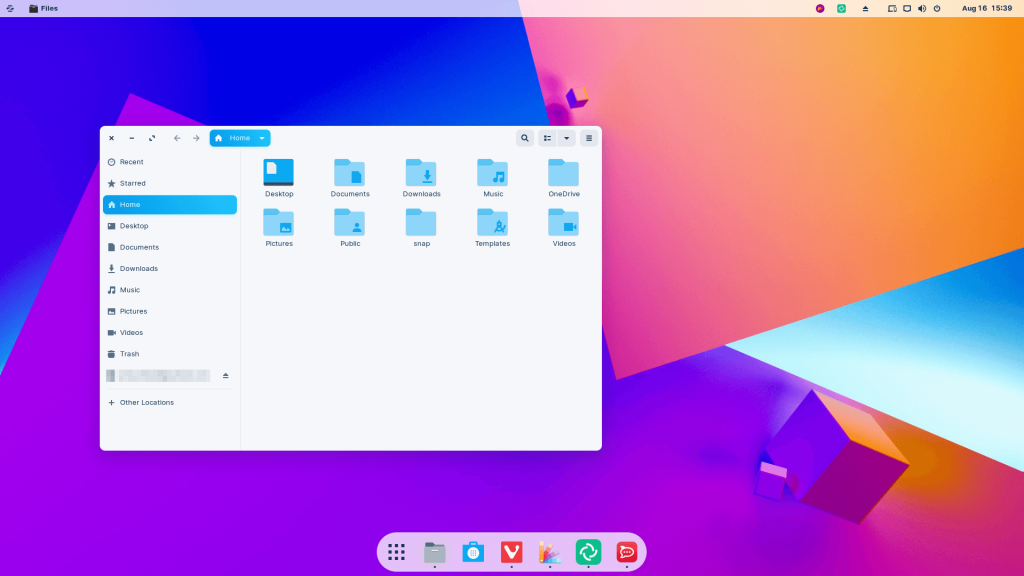
Zorin OS 16 was an impressive release with numerous feature additions and UX improvements.
I think Zorin OS 16 was one of the most extensive upgrades in terms of quality changes for an enhanced desktop experience.
Considering they have improved a lot with Zorin OS 16, it is only fair to be excited about what’s coming to its next major release, Zorin OS 17 in 2022. Of course, you should expect it to be based on Ubuntu 22.04 LTS, but it should be a surprise to expect visual changes/improvements.
4. Pop!_OS 22.04

Pop!_OS is a solid distribution out of the box. Unlike some others, it does not primarily aim to “look better”, but focuses on enhancing the workflow while providing a unique desktop experience.
System76’s decision to switch away from Launchpad and plans to build a Rust-based desktop environment from scratch are some of the exciting developments that make me want to keep an eye on them.
No wonder Pop!_OS is my daily driver.
And, Pop!_OS 22.04 can be the pillars of System76’s ambitious plans for the future of its operating system. So, looking forward to it makes sense to see what they plan to do next.
5. Linux Mint 21
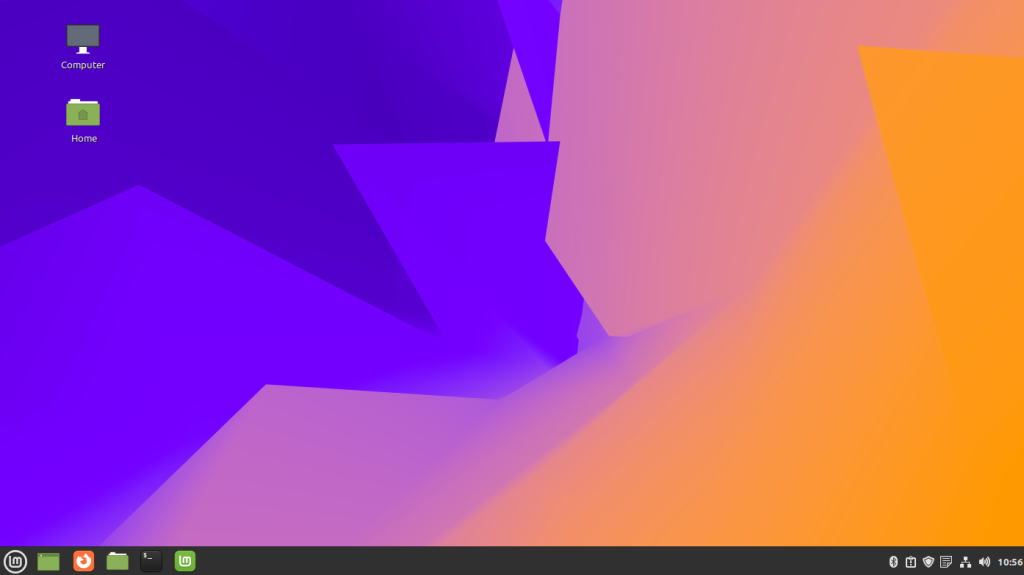
The Linux Mint team may not introduce massive changes, but they have started to focus on improving the look/feel of the distro starting with Linux Mint 20.3.
I wouldn’t want anything different about them. Still, Linux Mint 21 could be a release where you could expect some significant visual overhaul, considering they need to improve the user experience for the modern desktop.
6. CutefishOS
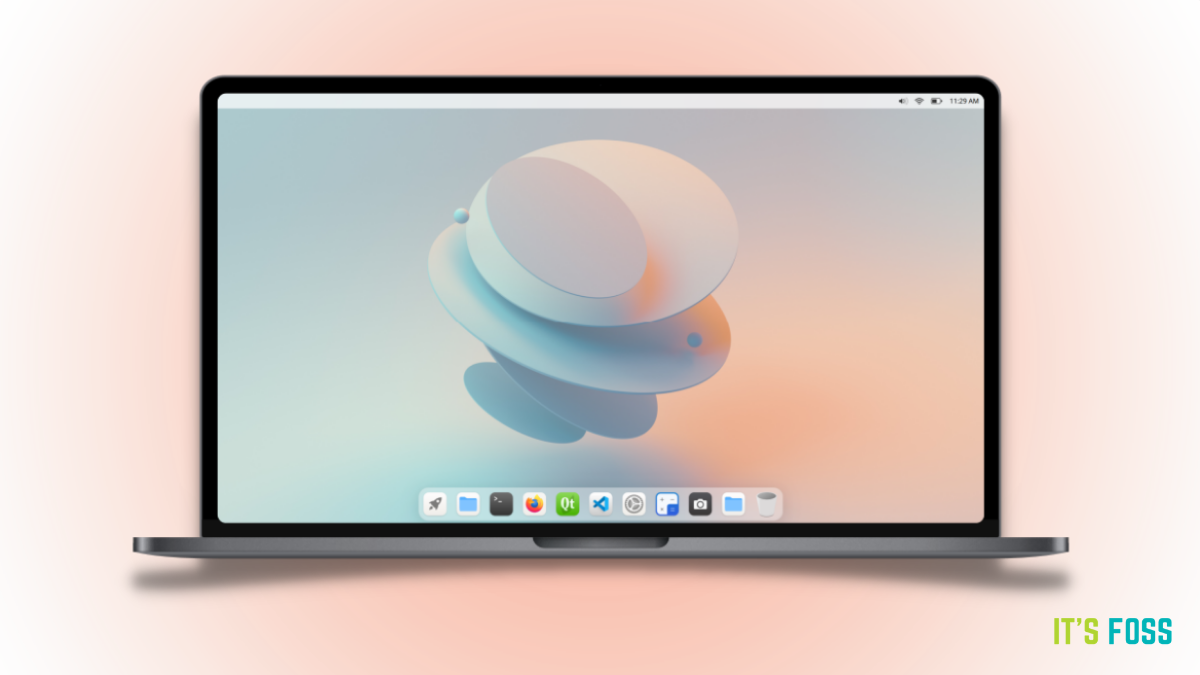
CutefishOS is in its early stage of development (beta phase) and hasn’t reached a stable release yet.
As per my experience with its beta release, it could rival the likes of Deepin Linux in terms of user experience. Of course, I would be cautious about it, considering it does not have a stable release yet.
However, CutefishOS should be an exciting project to keep an eye on. After all, it is good to more distributions compete to provide a pleasing user experience to compete with some of the most beautiful Linux distributions available.
7. Fedora 36
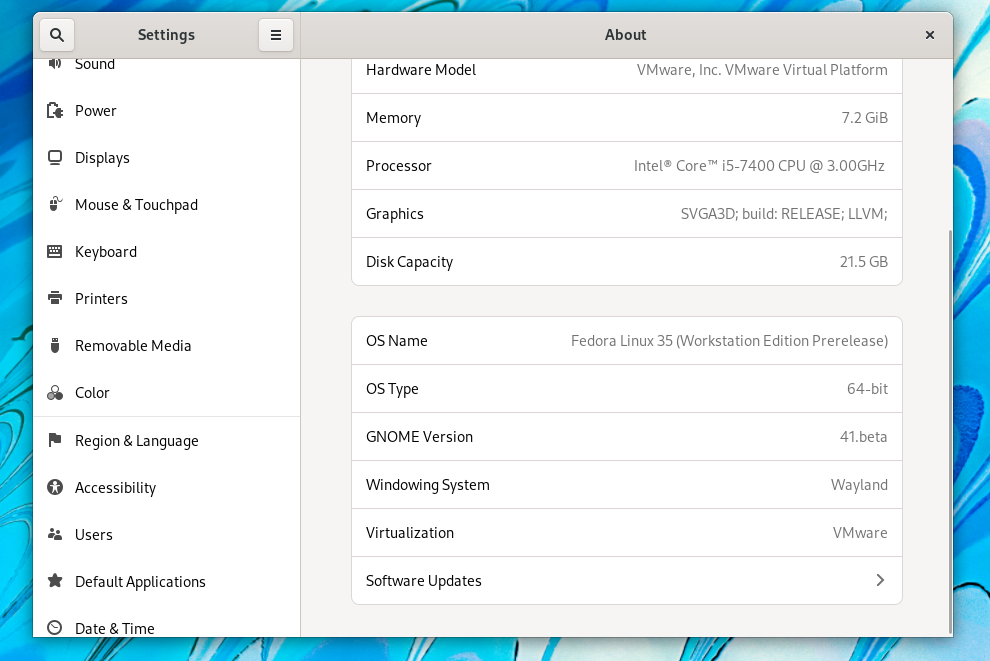
Team Fedora has been taking the feedback from Linus Tech Tip’s Linux challenge series results seriously.
In fact, Red Hat contributed $10,000 to help make the OBS Flatpak official for Linux.
While Fedora isn’t considered an ideal distribution for Linux gamers, they have been making efforts to their Workstation edition to feature the latest and greatest without compromising the system’s stability.
Fedora 35 release was an impressive example of that, to debut GNOME 41 and introduce a new KDE variant.
I can’t say if Fedora 36 will be more suitable for gamers, but some expected changes include Wayland by default with Nvidia proprietary drivers and GNOME 42. An official list of expected changes is available if you want to keep an eye on it.
Bonus: Nitrux Linux
I didn’t plan to include Nitrux in this list initially but then Nitrux introduced the Maui shell a couple of days ago.
Maui Shell is a convergent shell for desktops, tablets, and phones. Sounds like what Ubuntu wanted to with Unity, right? The Nitrux project has always been good with design part so I am excited for this new shell.
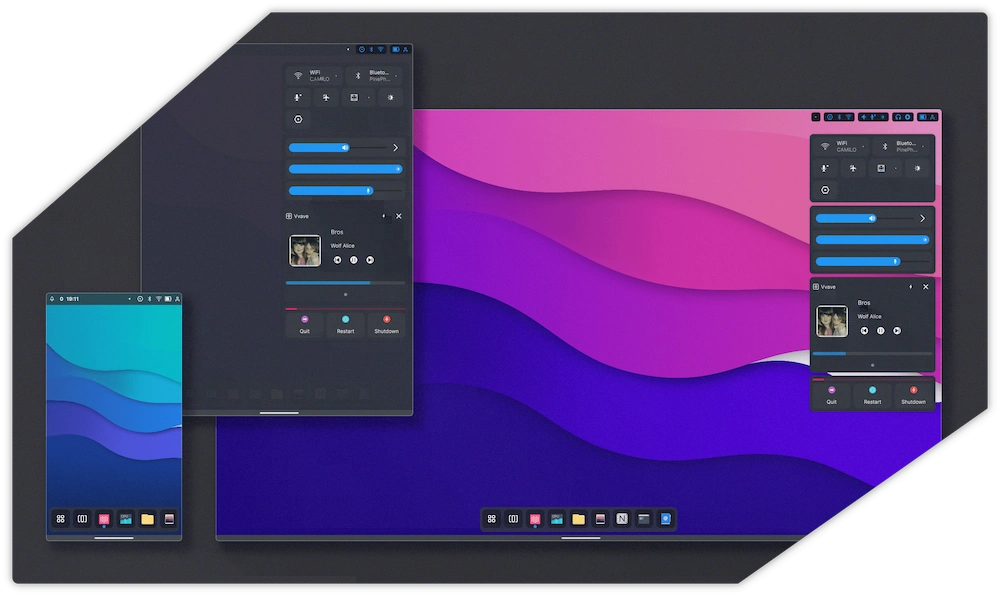
The project is still under heavy development. It plans to add a number of features to make it usable in the coming months. We should see how it comes around in 2022.
Wrapping Up
Even with the list here, there should be some surprise releases that could steal the headlines, who knows?
Maybe an exciting update to EndeavourOS, Garuda Linux, or something else?
What distribution are you looking forward to in 2022? Please don’t hesitate to share your thoughts in the comments down below.
- Even the biggest players in the Linux world don't care about desktop Linux users. We do.
- We don't put informational content behind paywall. Your support keeps it open for everyone. Think of it like 'pay it forward'.
- Don't like ads? With the Plus membership, you get an ad-free reading experience.
- When millions of AI-generated content is being published daily, you read and learn from real human Linux users.
- It costs just $2 a month, less than the cost of your favorite burger.
Become a Plus Member today and join over 300 people in supporting our work.









